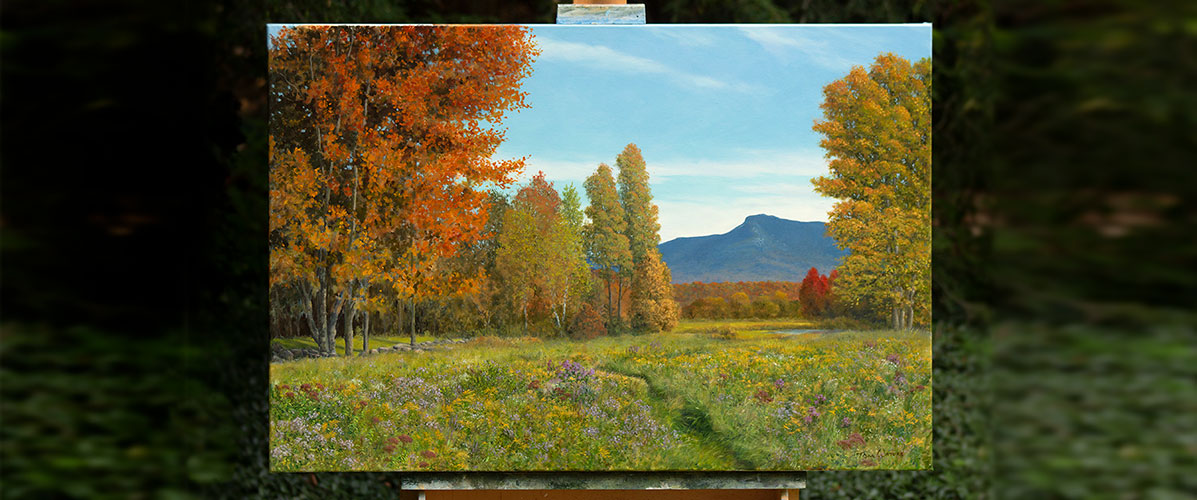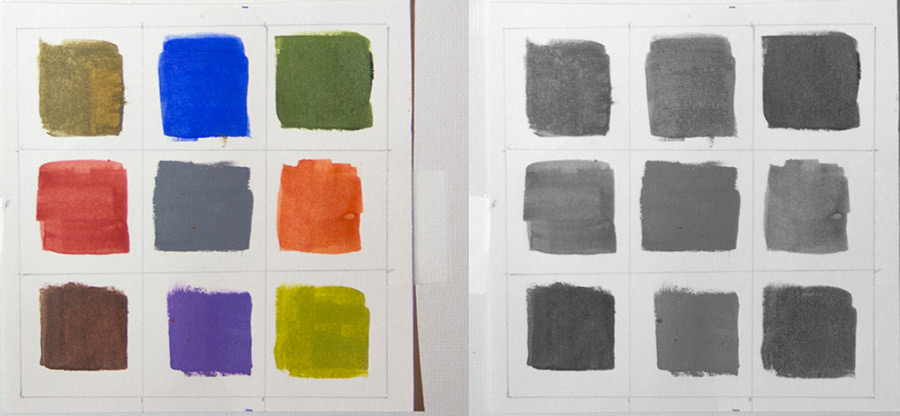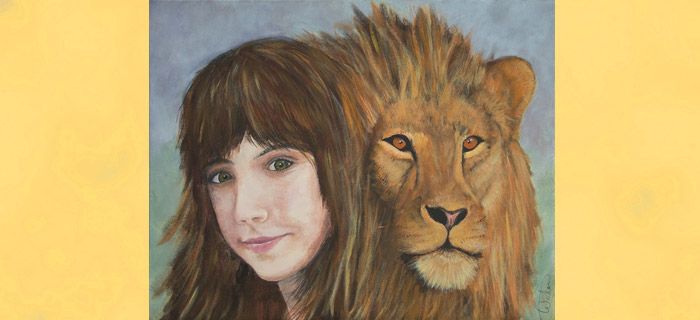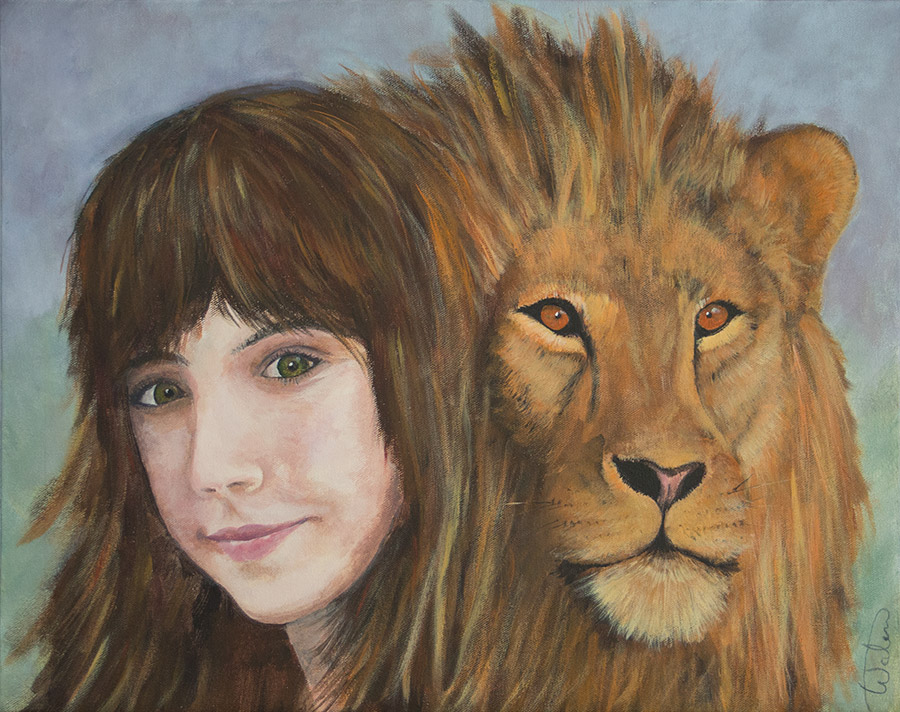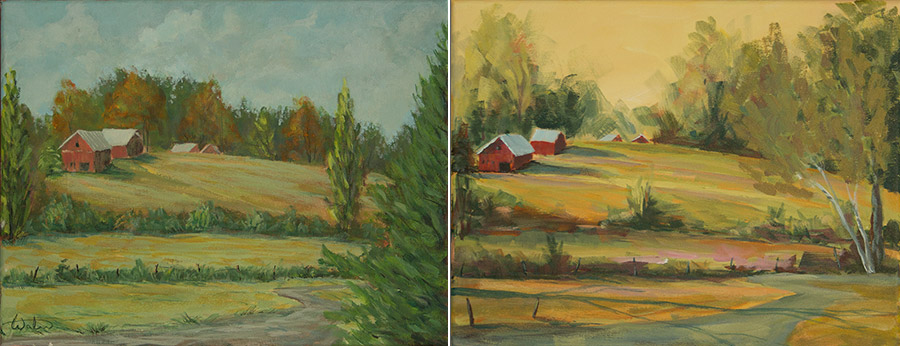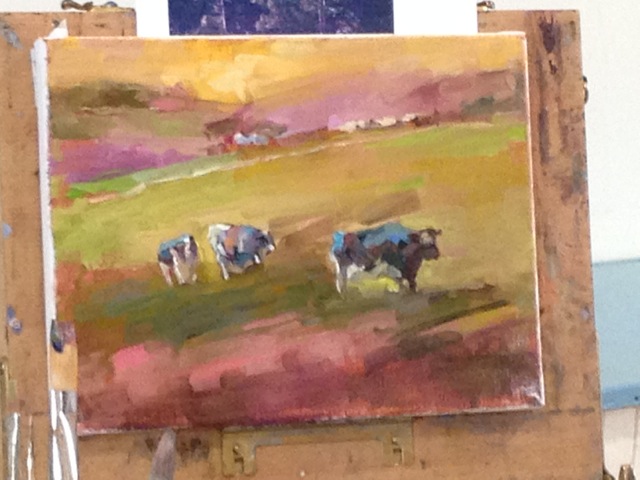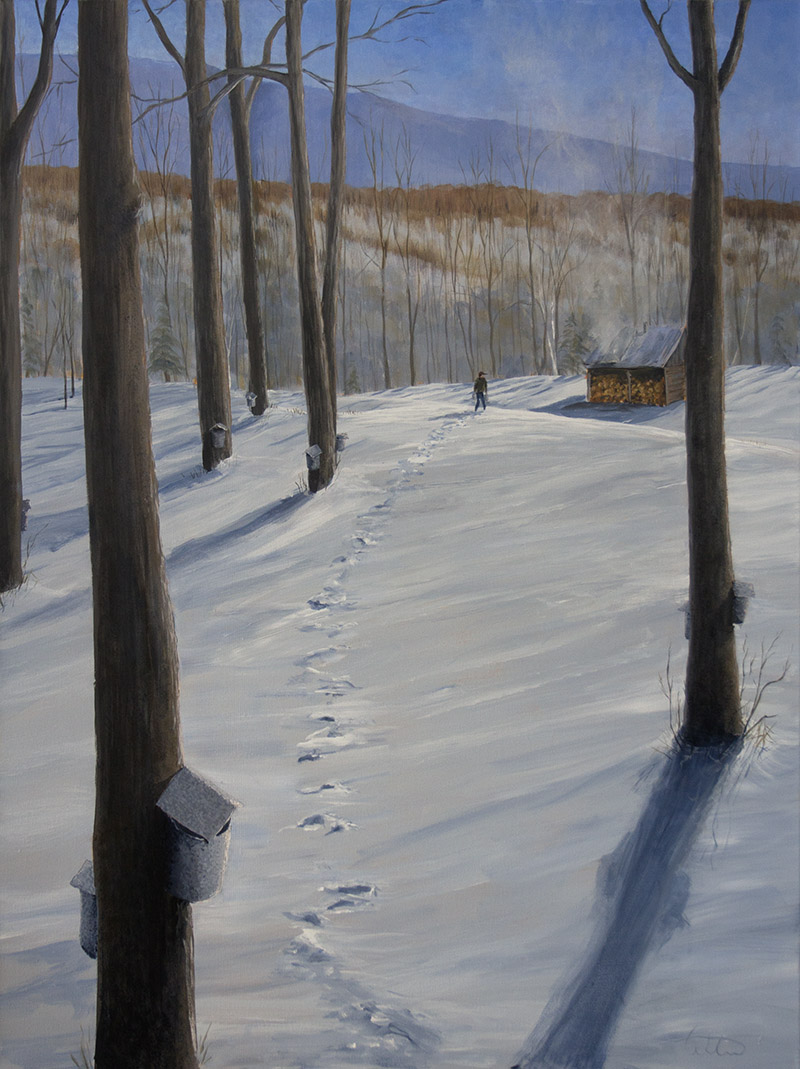Colors can really affect one’s perception of values when painting. And mixing colors to match values, especially in acrylics where colors dry darker, can be intimidating – especially when you are just starting out. This is one of the challenges when first starting to paint, learning about values, and then learning how to both assess and mix different color values without a lot of trial and error and re-painting.
There aren’t a lot of exercises on directly mixing values. Most information out there tends to be about the use of a 9-value scale (or 13 or some other number) that you can use to assess values, but not much is out there about how to practice reading and then mixing different values using different colors.
So I decided to put my own exercise together. My criteria where that it had to be quick to do and easy to assess.
What I put together is a simple little exercise that anyone can use both to strengthen their ability to read and mix values in different colors, but also as a simple warmup they can do each time they sit down at the easel to get in the proper mindset. Both the exercise and the setup is simple.
In addition to this blog post, with instructions below, I put this exercise into a youtube video as well. You can view it on my channel here: Value Exercise
